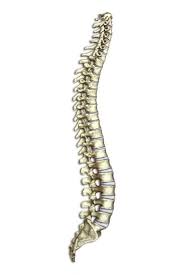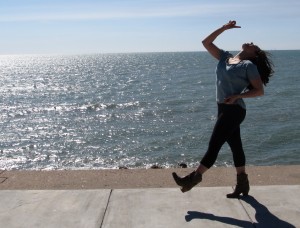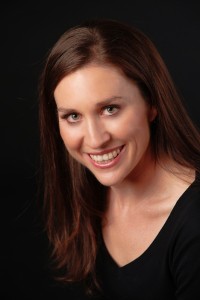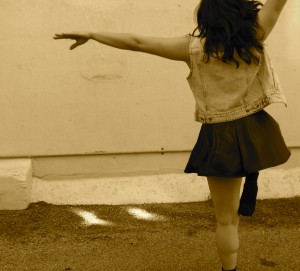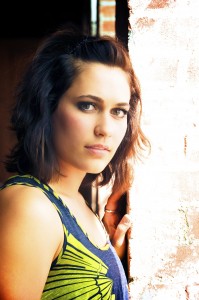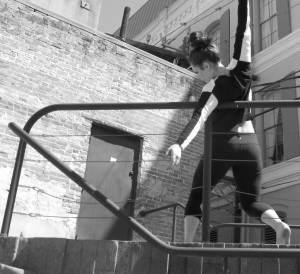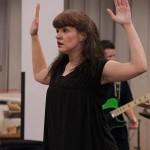
Tuesday Tunes honors…
Mickey Rooney

I don’t regret anything I’ve ever done. I only wish I could have done more.
Mickey Rooney was born Joe Yule Jr. on September 23, 1920 in Brooklyn, New York. He first took the stage as a toddler in his parents vaudeville act at 17 months old. He made his first film appearance in 1926. The following year, he played the lead character in the first Mickey McGuire short film. It was in this popular film series that he took the stage name Mickey Rooney. Rooney reached new heights in 1937 with A Family Affair, the film that introduced the country to Andy Hardy, the popular all-American teenager. This beloved character appeared in nearly 20 films and helped make Rooney the top star at the box office in 1939, 1940 and 1941. Rooney also proved himself an excellent dramatic actor as a delinquent in Boys Town starring Spencer Tracy. In 1938, he was awarded a Juvenile Academy Award.
Teaming up with Judy Garland, Rooney also appeared in a string of musicals, including Babes in Arms (1939) the first teenager to be nominated for an Oscar in a leading role, Strike up the Band (1940), Babes on Broadway (1941), and Girl Crazy (1943). He and Garland immediately became best of friends. “We weren’t just a team, we were magic,” Rooney once said. During that time he also appeared with Elizabeth Taylor in the now classic National Velvet (1944). Rooney joined the service that same year, where he helped to entertain the troops and worked on the American Armed Forces Network. He returned to Hollywood after 21 months in Love Laughs at Andy Hardy (1946), did a remake of a Robert Taylor film, The Crowd Roars called Killer McCoy (1947) and portrayed composer Lorenz Hart in Words and Music (1948). He also appeared in Breakfast at Tiffany’s (1961), starring Audrey Hepburn and George Peppard. Rooney played Hepburn’s Japanese neighbor, Mr. Yunioshi. A sign of the times, Rooney played the part for comic relief which he later regretted feeling the role was offensive. He once again showed his incredible range in the dramatic role of a boxing trainer with Anthony Quinn and Jackie Gleason in Requiem for a Heavyweight (1962). In the late 1960s and 1970s Rooney showed audiences and critics alike why he was one of Hollywood’s most enduring stars. He gave an impressive performance in Francis Ford Coppola’s 1979 filmThe Black Stallion (1979), which brought him an Academy Award nomination as Best Supporting Actor. He also turned to the stage in 1979 in Sugar Babies with Ann Miller, and was nominated for a Tony Award. During that time he also portrayed the Wizard in The Wonderful Wizard of Oz with Eartha Kitt at New York’s Madison Square Garden, which also had a successful run nationally.
Rooney appeared in four television series’: The Mickey Rooney Show (1954-1955), a comedy sit-com in 1964 with Sammee Tong called Mickey, One of the Boys in 1982 with Dana Carvey and Nathan Lane, and the Adventures of the Black Stallion from 1990-1993. In 1981, Rooney won an Emmy Award for his portrayal of a mentally challenged man in Bill. The critical acclaim continued to flow for the veteran performer, with Rooney receiving an honorary Academy Award “in recognition of his 60 years of versatility in a variety of memorable film performances”. More recently he has appeared in such films asNight at the Museum (2006)with Ben Stiller. In 2011, Rooney made a brief cameo appearance in The Muppets and appeared in an episode of Celebrity Ghost Stories, recounting how, during a down period in his career, his deceased father appeared to him one night, telling him not to give up on his career. He claimed that the experience bolstered his resolve and soon afterwards his career experienced a resurgence. In 2014, Rooney returned to film scenes to reprise his role as “Gus” in Night at the Museum 3. It is currently unknown whether he completed his scenes and whether his death will affect the film’s production. Mickey Rooney died April 6, 2014, at the age of 93.
Mickey Rooney Jitterbugs With A Woman Twice His Height
Judy Garland and Mickey Rooney
Judy Garland and Mickey Rooney in Yankee Doodle Boy from Babes of Broadway
Fun Facts about Mr. Mickey Rooney
Mickey’s son Teddy Rooney appeared with him in Andy Hardy Comes Home (1958), portraying – who else? – Andy Hardy Jr.
At age nineteen became the first teenager to be Oscar-nominated in a leading role for Babes in Arms (1939).
During World War II he served 22 months in the U.S. Army, five of them with the Third Army of Gen. George S. Patton. Rooney attained the rank of Sergeant, and won a Bronze Star, among other decorations.
With the death of James Stewart on July 2, 1997, he is the last surviving entertainer of the forty-six caricatured in Hollywood Steps Out (1941).


